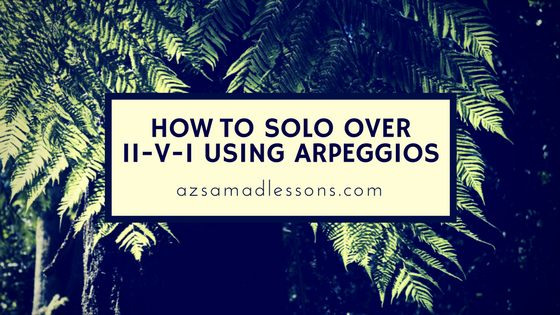
Part of a Facebook Live Lesson session, I decided to record it on my camera in addition to the live broadcast. This video has been edited from the original video for clarity of content – so you can quickly digest the material and start shedding.
The original FB Live video is here (low-res):
Here’s a handout that you can download & print out to further cement these sounds:

Download the PDF here:
Dmin7 G7 CMaj7 Chord Voicings and Arpeggio Shapes PDF
==